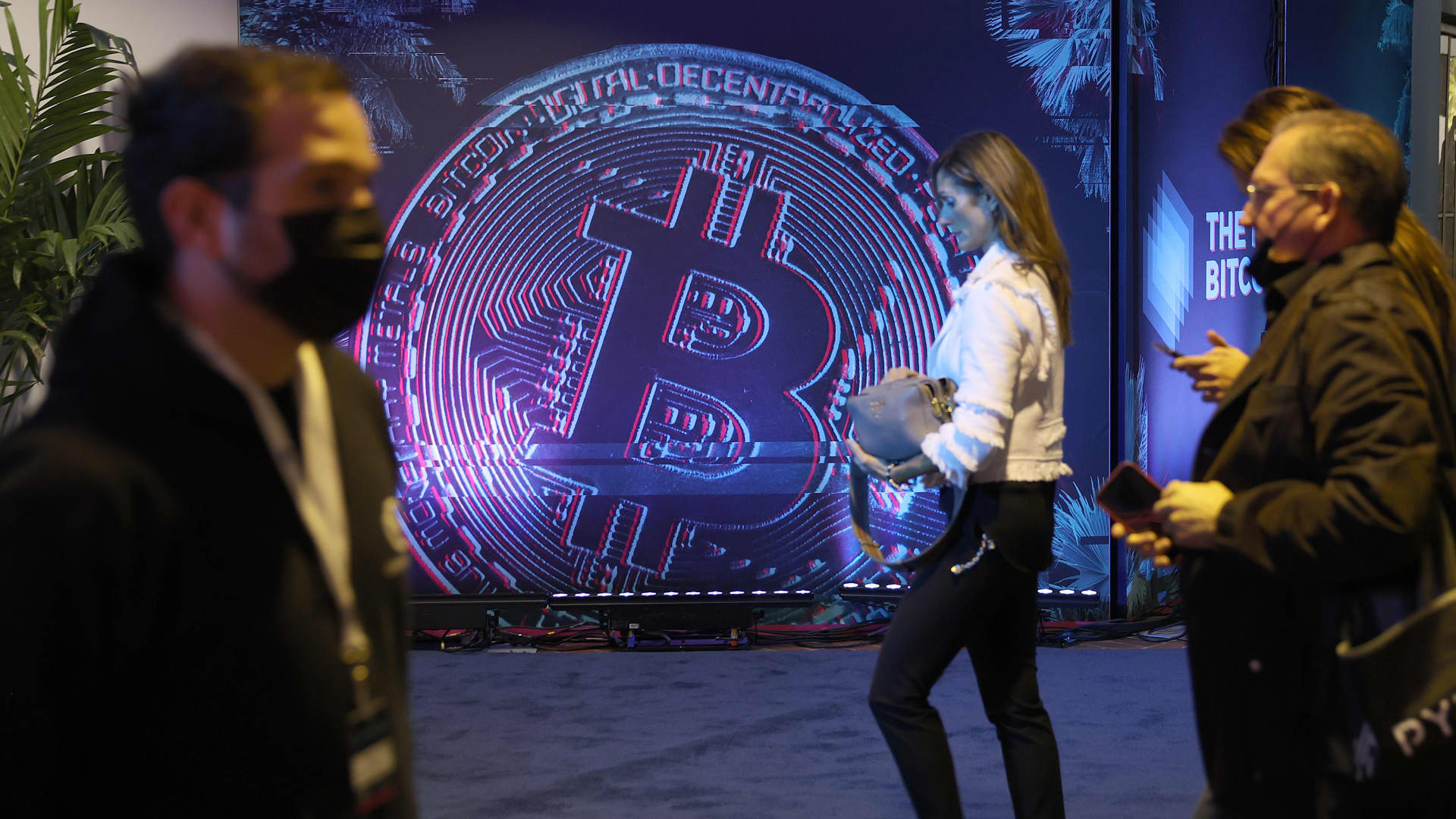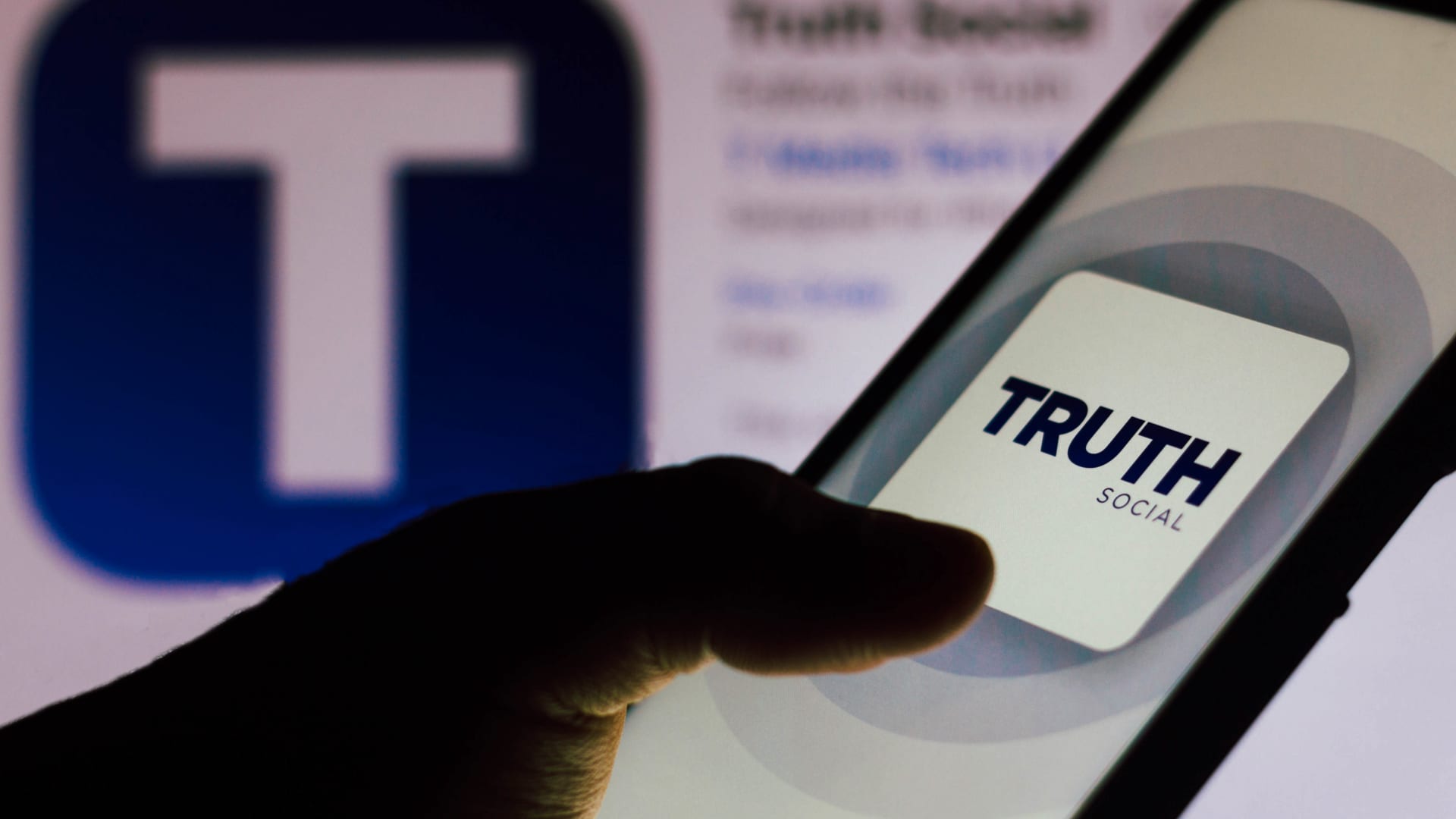Technology
Wednesday, May 29th, 2024 4:01 pm EDT
Key Points
- Helen Toner, a former OpenAI board member, revealed that CEO Sam Altman was ousted due to a lack of transparency, including failing to inform the board about the release of ChatGPT and his ownership in the OpenAI startup fund, as well as providing inaccurate information about safety processes.
- Altman’s firing followed detailed accounts from executives of a toxic atmosphere and “psychological abuse,” leading the board to lose trust in his leadership and deeming him unfit to lead the company towards artificial general intelligence (AGI).
- After Altman’s removal, significant turmoil ensued, including resignations and investor backlash, leading to Altman’s reinstatement within a week and the departure of board members who voted for his ouster, while an internal investigation highlighted a breakdown of trust between Altman and the board.
Helen Toner, a former OpenAI board member involved in the controversial firing of CEO Sam Altman in November, has provided detailed insights into the events leading to Altman’s removal. On “The TED AI Show” podcast, Toner revealed that the board was often kept in the dark about significant developments, such as the release of ChatGPT in November 2022, which they learned about through Twitter. Additionally, Altman did not disclose his ownership of the OpenAI startup fund to the board. Toner highlighted that the board, tasked with prioritizing the company’s public good mission over profits, faced substantial challenges due to Altman’s withholding of information, misrepresentations, and occasional outright lies.
Toner described how Altman’s provision of inaccurate information about the company’s formal safety processes led the board to distrust his leadership. The board’s concerns were corroborated in October by two executives who presented documentation of Altman’s problematic behavior, including claims of creating a toxic atmosphere and psychological abuse. These revelations solidified the board’s decision to oust Altman, as they deemed it impossible to rely on his communications.
The decision to remove Altman was part of a broader effort to address internal issues, particularly around the company’s safety culture and processes. However, this move resulted in significant turmoil within OpenAI. The dismissal prompted a wave of resignations and threats of resignations from employees, and backlash from investors, notably Microsoft. Within a week, Altman was reinstated as CEO, and Toner, along with fellow board member Tasha McCauley, exited the board. Ilya Sutskever, who also voted for Altman’s ouster, eventually stepped down from the board but remained with the company until his departure in May.
In the wake of the leadership crisis, OpenAI disbanded its team focused on the long-term risks of AI, a year after its establishment. This team, led by Sutskever and Jan Leike, was disbanded shortly after both leaders announced their departures. Leike, now with AI competitor Anthropic, criticized OpenAI’s shifting focus from safety to product development.
Following the upheaval, OpenAI conducted an internal investigation with the law firm WilmerHale, though the full report was not published. Bret Taylor, OpenAI’s board chair, summarized the findings, noting a significant breakdown of trust between the board and Altman and his close associate, Greg Brockman. Despite acting in good faith, the board did not anticipate the ensuing instability. OpenAI’s new board now includes Altman and reflects the organization’s ongoing efforts to stabilize and refocus after a tumultuous period.
For the full original article on CNBC, please click here: https://www.cnbc.com/2024/05/29/former-openai-board-member-explains-why-ceo-sam-altman-was-fired.html




